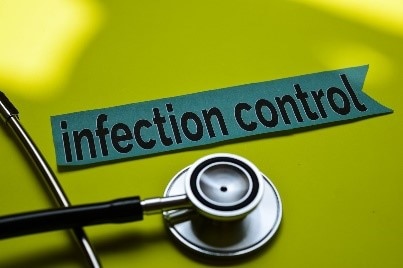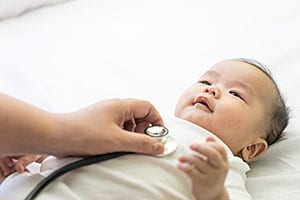Methamphetamine is a potent central nervous system stimulant that is mainly used as a recreational drug and less commonly as a second-line treatment for attention deficit hyperactivity disorder and obesity.
What are the effects of meth on the nerve pathway?
Meth affects the central nervous system by flooding the brain with dopamine, the neurotransmitter responsible for feelings of pleasure and reward.
Because meth provides the brain with an artificial source of dopamine, it can cause the neurotransmitter to fire abnormally.Sep 16, 2021
What is meth used for medically?
Methamphetamine is used to treat attention-deficit hyperactivity disorder (ADHD). It belongs to the group of medicines called central nervous system (CNS) stimulants.
Sentence structure : she smoked meth


